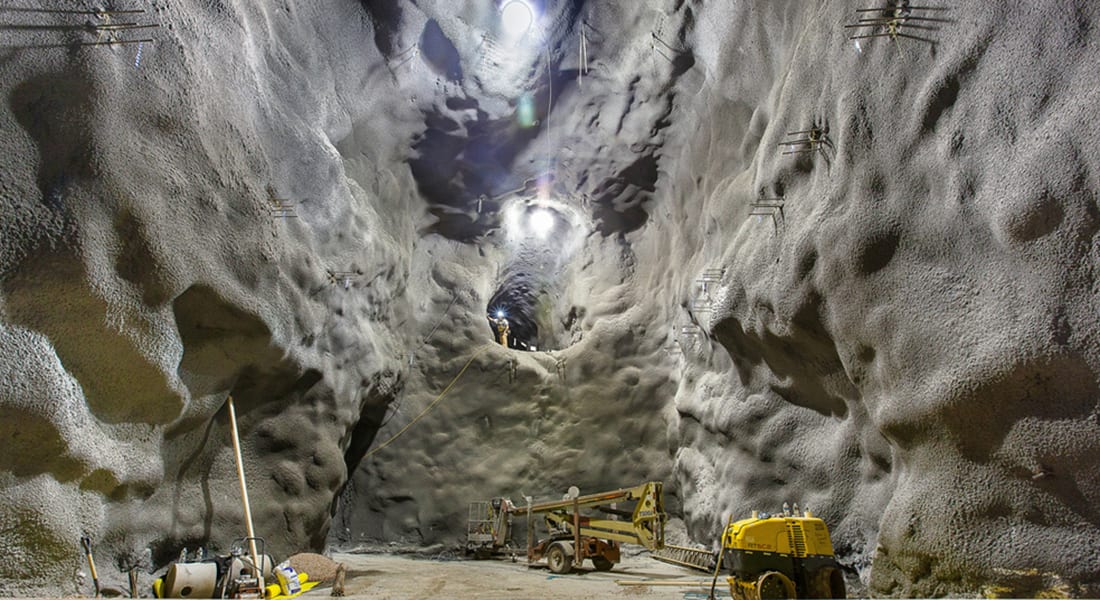“In the spirit of science being a pursuit open to all, we are excited to welcome all members of the SMU family to become dark matter hunters for a day.” — SMU physicist Jodi Cooley
This Halloween, people around the world will be celebrating the mysterious cosmic substance that permeates our universe: dark matter.
At SMU, the Department of Physics in Dedman College of Humanities and Sciences is hosting a Dark Matter Day celebration, and students, faculty, staff and DFW residents are invited to join in the educational fun with events open to the public.
To kick off the festivities, two speaking events by scientists in the field of dark matter will familiarize participants with the elusive particles that scientists refer to as dark matter. The first talk is oriented toward the general public, while the second is more technical and will appeal to people familiar with one of the STEM areas of science, technology, engineering or mathematics, particularly physics and astrophysics.
Then throughout Halloween day, everyone is invited to test their skills at finding dark matter — in this case, a series of rocks bearing educational messages related to dark matter, which the Society of Physics Students has painted and then hidden around the campus.
Anyone lucky enough to find one of the 26 rocks can present it at the Physics Department office to receive a prize, says SMU physics professor Jodi Cooley, whose research is focused on the scientific challenge of detecting dark matter.
“In the spirit of science being a pursuit open to all, we are excited to welcome all members of the SMU family to become dark matter hunters for a day,” Cooley said. “Explore your campus in the search for dark matter rocks, just as physicists are exploring the cosmos in the hunt for the nature of dark matter itself.”
Anyone who discovers a dark matter rock on the SMU campus is encouraged to grab their phone and snap a selfie with their rock. Tweet and tag your selfie #SMUDarkMatter so that @SMU, @SMUResearch and @SMUPhysics can retweet photos of the lucky finders.
As SMU’s resident dark matter scientist, Cooley is part of the 100-person international SuperCDMS SNOLAB experiment, which uses ultra pure materials and highly sensitive custom-built detectors to listen for the passage of dark matter.
SuperCDMS, an acronym for Super Cryogenic Dark Matter Search, resides at SNOLAB, an existing underground science laboratory in Ontario, Canada. Located deep underground, SNOLAB allows scientists to use the earth as a shield to block out particles that resemble dark matter, making it easier to see the real thing.
The SuperCDMS SNOLAB experiment, expected to be operational in 2020, has been designed to go deeper below the surface of the earth than earlier generations of the research.
“Dark matter experiments have been a smashing success — they’ve progressed farther than anyone anticipated. The SuperCDMS SNOLAB experiment is quite unique,” Cooley said. “It will allow us to probe models that predict dark matter with the tiniest masses.”
For more on Cooley’s research, go to “Hunt for dark matter takes physicists deep below earth’s surface, where WIMPS can’t hide.“ — Margaret Allen, SMU
Dark Matter Day events at SMU:
- Sunday, Oct. 29, 4 p.m., McCord Auditorium — Maruša Bradač, Associate Professor at the University of California at Davis, will give a public lecture on dark matter. A reception will follow the lecture from 5 p.m. to 6 p.m. in the Dallas Hall Rotunda with beverages and light snacks. This event is free and open to the public, and is designed to be open to the widest possible audience.
- Monday, Oct. 30, 4 p.m., Fondren Science Building, Room 158 — SMU Associate Professor Jodi Cooley will present a seminar on the SuperCDMS direct-detection dark matter search experiment. This event is part of the Physics Department Speaker Series. While this event is open to the public, it will be a more technical talk and may appeal more to an audience interested in the STEM areas of science, technology, engineering and mathematics, especially physics and astrophysics.
- Tuesday, Oct. 31, 9 a.m. – 4 p.m., SMU Main Campus, Dark Matter Rock Hunt — The SMU Department of Physics has hidden “dark matter rocks” all across the SMU main campus. If you discover one of the dark matter rocks, bring it to the main office of the Physics Department, Fondren Science Building, Room 102, and get a special prize. All SMU students, faculty, staff and community members are welcome to join in the search.





